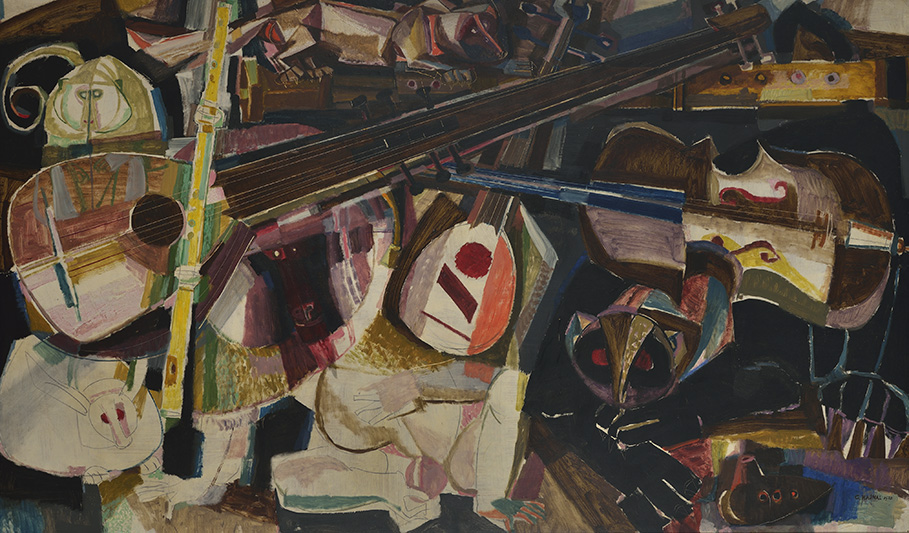- Visitor information
- About us
- Exhibitions
- Temporary Exhibitions
- Permanent Exhibitions
- Past Exhibitions
- 2024/2025 - Life with Honey
- 2024/2025 - WANDERINGS - Lili Ország in Kiscell
- 2024 - Light & City
- 2022 - Gábor Gerhes: THE ATLAS
- 2019/2020 - Shine! - Fashion and Glamour
- 2019 - 1971 – Parallel Nonsynchronism
- 2018 – Your Turn!
- 2018 – Still Life
- 2017 – LAMP!
- 2017 – Tamás Zankó
- 2017 – Separate Ways
- 2017 – Giovanni Hajnal
- 2017 – Image Schema
- 2017 – Miklós Szüts
- 2016 – "Notes: Wartime"
- 2016 – #moszkvater
- 2015 – Corpse in the Basket-Trunk
- 2015 – PAPERwork
- 2015 – Doll Exhibition
- 2014 – Budapest Opera House
- 2013 – Wrap Art
- 2012 – Street Fashion Museum
- 2012 – Riding the Waves
- 2012 – Buda–Pest Horizon
- 2011 – The Modern Flat, 1960
- 2010 – FreeCikli
- 2008 – Drawing Lecture on the Roof
- 2008 – Fashion and Tradition
- 2004 – Mariazell and Hungary
- Virtual museum
- What's happening?
2017 – Giovanni Hajnal
Category:
Giovanni Hajnal. Budapest – Rome
in the Oratory, 1 July – 10 September 2017

Giovanni Hajnal: The Power of Music, 1963
It is hard to decide whether his Hungarian origin or the years spent in Italy can be considered as more important influence on the art of Giovanni Hajnal, painter, illustrator and stained glass window designer. Hajnal gained his reputation as a skilled and versatile artist for his sensitive self-portraits, rich oil compositions inspired by the Cubists, as well as his colorful stained glass windows that can be found all around the world, from the Vatican to Brasil.
After a few years studying abroad (Italy, Germany, Switzerland) in the 1930s and working with Vilmos Aba-Novák, who became one of the most influential Hungarian artist between the two world wars, Giovanni Hajnal settled in Rome with his family in 1948. Breaking away from his homeland basically meant rebooting his career. He did not even visit Hungary anymore, although he never denied the strong ties with the Hungarian culture.
The core material of the exhibition that came from the legacy of the artist in Milan is completed with rarely seen gems from Hungarian private and public collections, such as the Municipal Picture Gallery and the Katona József Museum in Kecskemét.
Curators: Kata Balázs and Magdolna Simon (Municipal Gallery).
